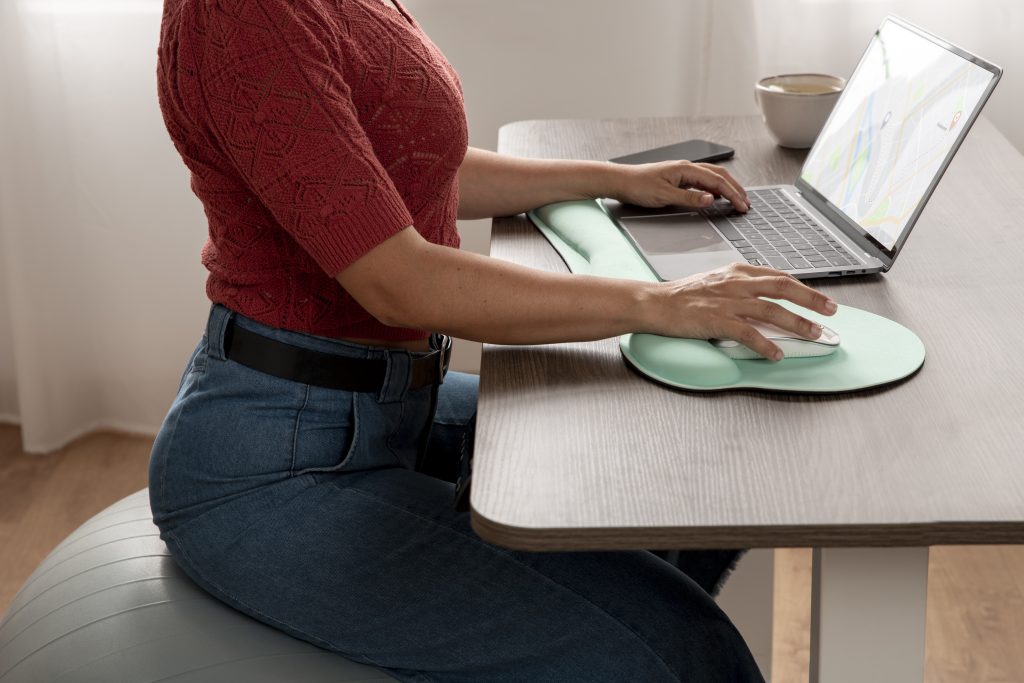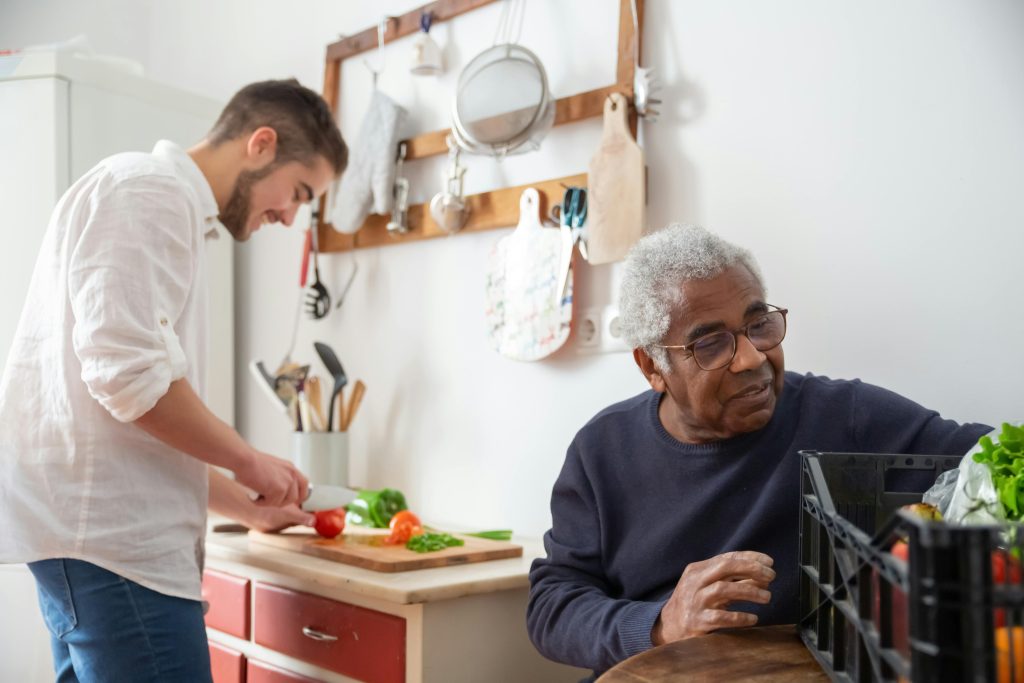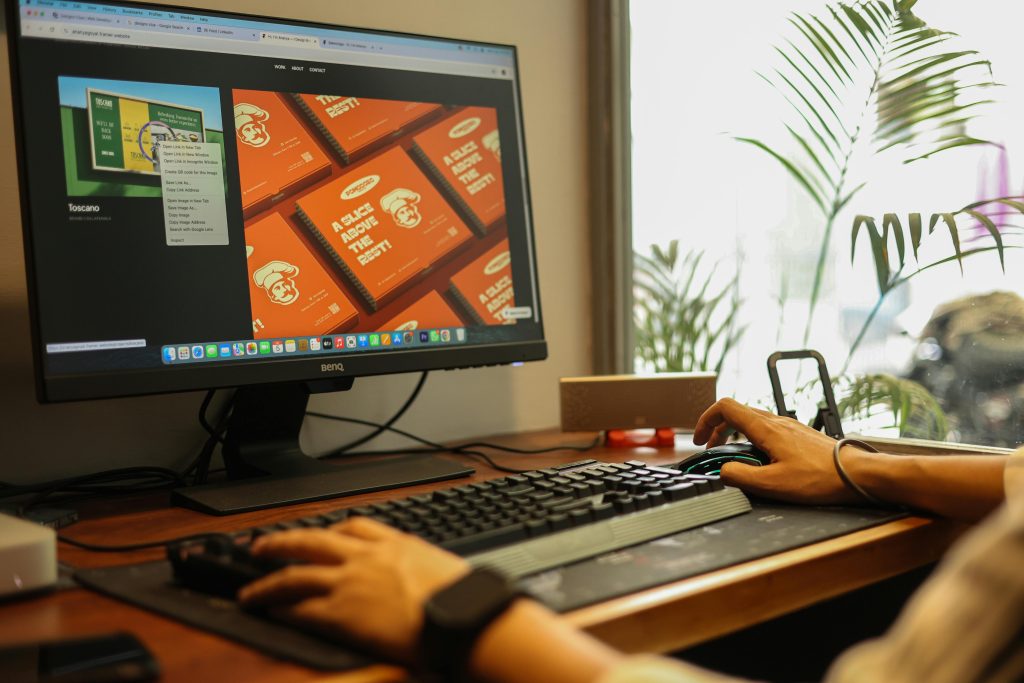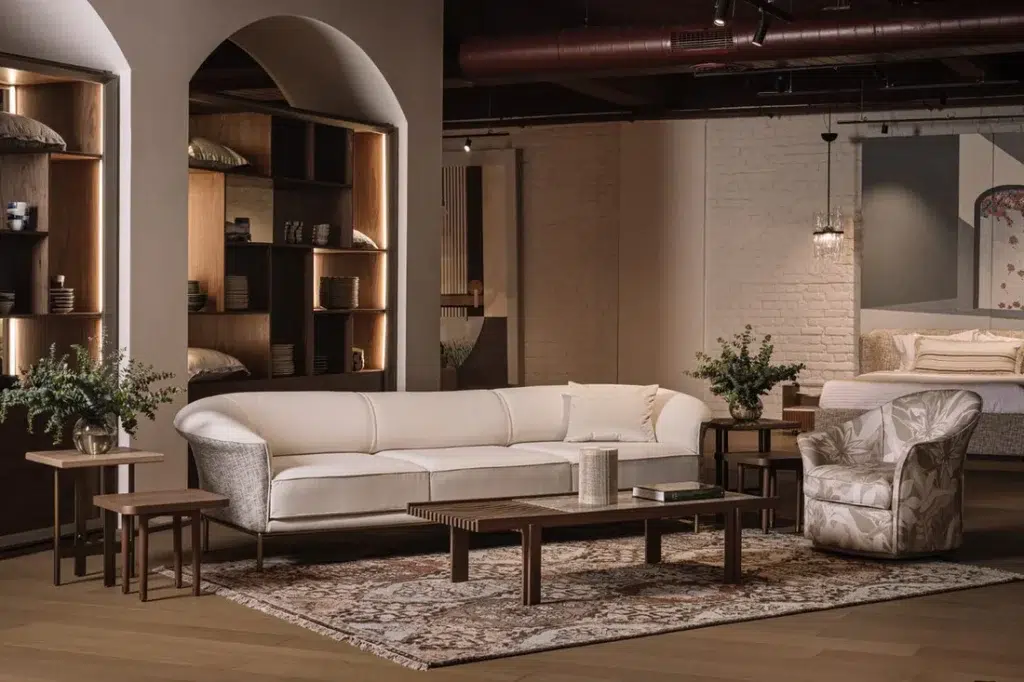We are moving less, sitting more, and moving in ways our bodies weren’t built for. Whether you are sitting through back to back Zoom calls, or pounding pavement with non-stop high intensity workouts, your lower body is putting in work.
And the reality is, without mobility, even the strongest set of legs or the most consistent exercise routine will not shield you from tightness, fatigue, or longer-term discomfort.
Let’s dive into why lower body mobility is essential– as well as a few small shifts we can each implement in our daily lives, and how they can all result in some pretty remarkable changes to our flexibility, recovery and movement health overall.
Why You Should Care About Lower Body Mobility
Mobility is more than just touching your toes. It’s being able to move freely and easily without strain. For the lower body, this means being able to utilize your hips, hamstrings, quads, glutes, and calves in coordination with one another.
If you’ve ever felt stiff after standing from your desk, or tight mid-squat in the gym, you’ve already experienced what it’s like to have limited mobility. It’s that slow aching burn that slowly builds up over time—and it’s not something that will go away on its own.
When mobility is ignored, posture suffers, movement patterns break down, and injury risk creeps up. So whether you’re working out regularly or just trying to feel better during your 9-to-5, lower body mobility should be part of the plan.
How Sitting (or Overtraining) Messes with Your Body
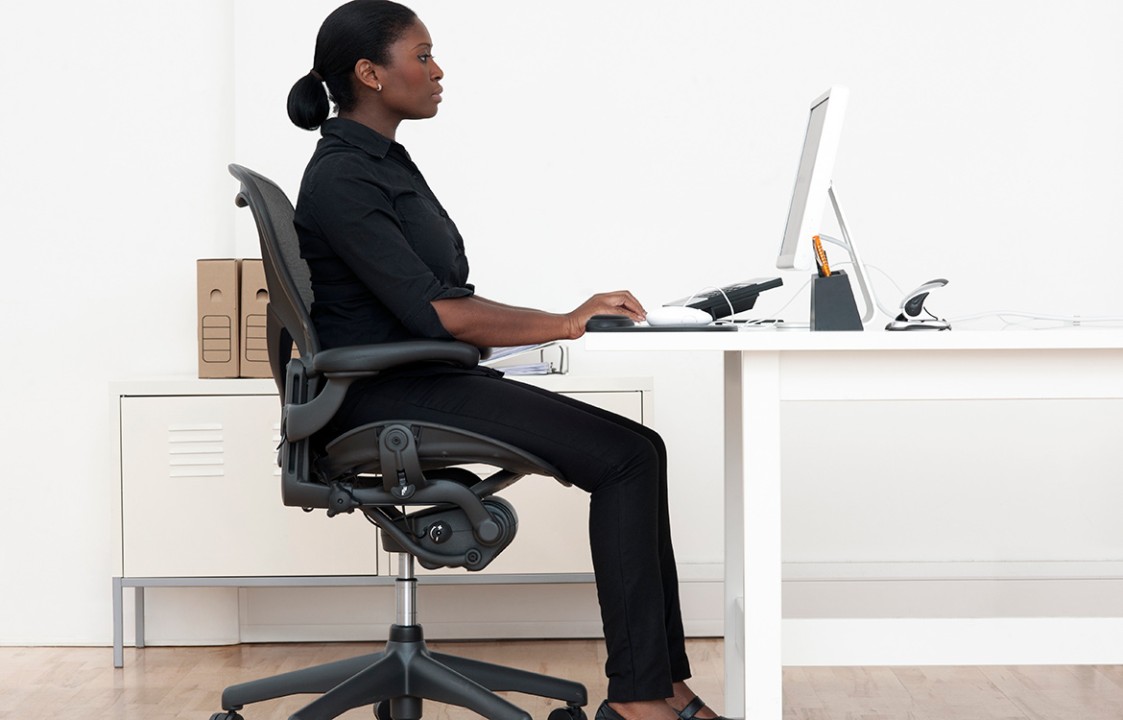
Mobility problems can come from one of two extremes: not enough movement or too much movement without recovery.
Desk workers spend hours in static seated positions, shortening muscle groups like the hip flexors while weakening the glutes. On the other end, many active individuals repeatedly overload muscle groups, creating imbalances that limit range of motion.
Tightness often manifests in the hips and, if those muscles are chronically shortened, begin to pull on your pelvis affecting how the rest of your body moves. Imbalances of this nature can impair more than mobility—they can cause discomfort that slows you down.
In some instances, this tension is a result of localized issues in the front of the hips. Ongoing discomfort has in some ways become synonymous with hip flexor pain. This is particularly true among those who spend long hours in seated positions, or, push through lots of movement with the legs without doing any mobility work.
How to Tell if Your Lower Body’s Asking for Help
The signs aren’t always loud—but they’re there.
- You feel stiff getting out of bed or after sitting for a while
- Squats feel shallow or uneven
- Your lower back feels sore after standing or walking
- One side of your body feels tighter or more restricted than the other
These red flags aren’t necessarily injury—they’re warnings from your body that some areas are locked up and need attention.
The Mobility Blueprint: What Your Body Needs (and How to Give It)
Improving mobility doesn’t mean adding hours to your routine. It’s about intentional, smart movement that targets the right areas with just a few minutes each day.
1. Start With Movement-Based Warm-Ups
Consider mobility as a wake-up call for your muscles and joints. Simple warm-up activities such as hip circles, walking lunges, or leg swings will stimulate your muscle activity and improve your joint flow before vigorous activity or even before a long day of work.
It’s like giving your lower body a heads-up before asking it to perform.
2. Stretch Intentionally, Not Randomly
Stretching will be most effective when you do it purposefully and consistently — not hurried or forced. Stretch your quads, glutes, hamstrings, and really make sure to hit your hip flexors because those are always the tightest! When you can implement hip flexor stretches you can notice improvements with your posture, tension in the lower back, and even daily weariness from stiffness. These stretches do not have to be complicated, the key is consistency!
Think of it as long-term maintenance, not a one-time fix.
3. Use Tools That Work With You, Not Against You
Foam rolling, massage balls, or even a lacrosse ball can be game-changers. These tools help release muscle knots and improve circulation, giving your body the freedom to move with less resistance.
Target areas like the glutes, IT band, and calves. Spend 30–60 seconds per spot and breathe through it—this isn’t punishment; it’s recovery.
Make Mobility a Lifestyle, Not a Task
You don’t need to overhaul your schedule. Add mobility where it fits naturally:
- Stretch during TV commercials or podcast listening
- Foam roll while waiting for your coffee to brew
- Set reminders to stand up and move every hour during work
- Add 5 minutes of stretching before bed or post-workout
The key is repetition. Like brushing your teeth or taking vitamins, mobility becomes more effective when it’s part of your daily rhythm.
Final Thoughts: Small Movements, Big Results
Mobility is one of the most overlooked elements of our physical well-being. We pursue strength, we pursue endurance—but without the freedom of movement, everything is more difficult and takes longer to recover.
The best part? You don’t need expensive equipment or big blocks of time. Just a few minutes a day of consistent, intentional movement is enough to reset your body and feel stronger, freer, and more alive.
It’s time to move well—so that you may live well.


